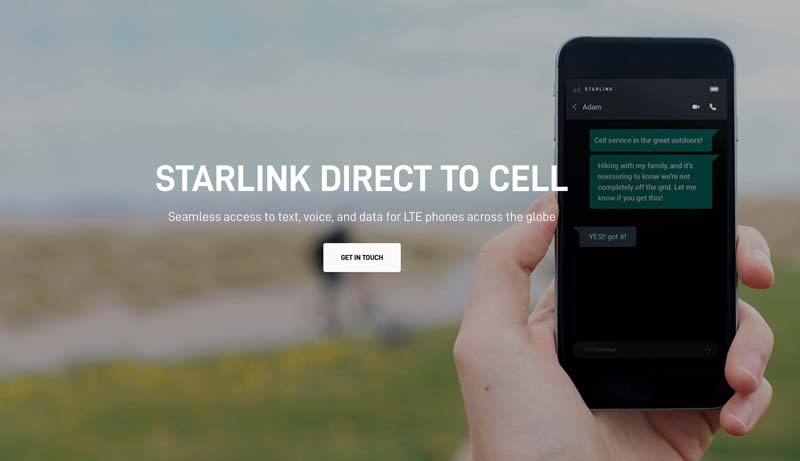SpaceX secured critical regulatory approval this week to conduct pivotal Starlink satellite tests with unmodified mobile phones. The FCC granted an experimental license for SpaceX and partner T-Mobile to beam satellite signals directly to consumer handsets, demonstrating revolutionary cell-from-space capabilities.
SpaceX has unveiled “Direct To Cell” page on the Starlink website, outlining an upcoming capability to provide cellular connectivity anywhere on Earth using satellites with direct-to-cell technology, enable ubiquitous texting by 2024, followed by voice, data, and IoT everywhere by 2025.
Specifically, the temporary 180-day permit allows testing at multiple US locations spanning Redmond, Dallas, Kansas City and Mountain View. Tests intend to evaluate Starlink satellites newly outfitted with antennas supporting mobile frequencies alongside T-Mobile’s network spectrum.
Early restrictions from the FCC previously limited SpaceX to basic on-orbit demonstrations proving basic satellite hardware functionality. This latest expanded clearance now opens testing to quantify risks around interference with other providers reusing the commercial spectrum involved.
As relayed in SpaceX’s application, about 60 next-generation Starlink satellites will focus connectivity to US phones at any given time throughout the trial. Alongside reception quality metrics, researchers can also gauge performance impacts to nearby cell towers from Verizon, AT&T and other terrestrial carriers.
It’s an important next phase bridging Starlink’s space-based internet backbone with ambitions to ultimately deliver ubiquitous mobile coverage leveraging satellites and T-Mobile’s nationwide infrastructure. Beaming connectivity directly to unmodified phones also showcases the possibilities for consumers worldwide lacking cellular access.
But viable mainstream adoption first requires confirming coexistence with current spectrum license holders across aviation, radio astronomy and other bands. That intensive technical groundwork gets underway in earnest with this FCC approval.
Succeeding here allows SpaceX visions of global satellite-enhanced 5G coverage spanning remote regions and mobile dead zones alike to inch closer towards reality. So consumers await exciting innovations, while regulators brace for complex interference risks should this space-delivered cellular vision broadly materialize by the latter half of this decade.
